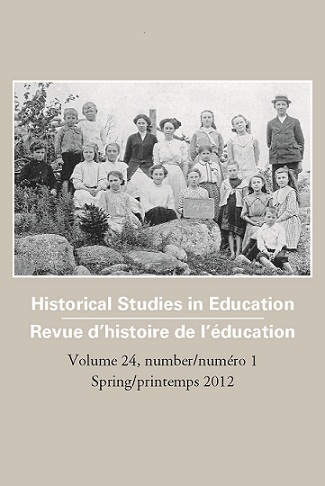"The community school literally takes place in the community": Alternative Education in the Back-to-the-land Movement in the West Kootenays, 1959 to 1980
- Alternative Education,
- Back-to-the-land,
- Counterculture,
- Quakers
Abstract
Abstract
This article examines two alternative schools developed by back-to-the-land communities in
the West Kootenays, British Columbia. The Argenta Friends School offered an alternative
education in a rural community to senior high school students. Quaker observation informed
the school’s consensus governance and self-directed learning. The Vallican Whole School was
a product of the Slocan Valley counterculture, and taught children from age six to sixteen.
Children were encouraged to pursue their own interests rather than to follow a strict curriculum.
Although they had different approaches to education, both schools emphasized the
importance of learning rural skills as the foundation of an education that encouraged students
to thrive in the place where they lived.
Résumé
Cet article traite de deux écoles alternatives fondées par deux communautés prônant un retour
à la terre dans les West Kootenays en Colombie-Britannique. L’Argenta Friends School offrait
une formation alternative en milieu rural à des élèves de niveau secondaire avancé. La gouvernance
par consensus et l’apprentissage autodirigé de l’école s’appuyaient sur l’idéologie des
Quakers. La Vallican Whole School influencée par la contre-culture de la vallée de Slocan,
enseignait aux élèves de six à seize ans. Les enfants étaient encouragés à poursuivre leurs propres
apprentissages au lieu de suivre un programme d’études bien défini. Malgré leurs approches
différentes, ces deux écoles mettaient l’accent sur l’acquisition des compétences qui aideraient
les élèves à prospérer dans le milieu rural où ils vivaient.
